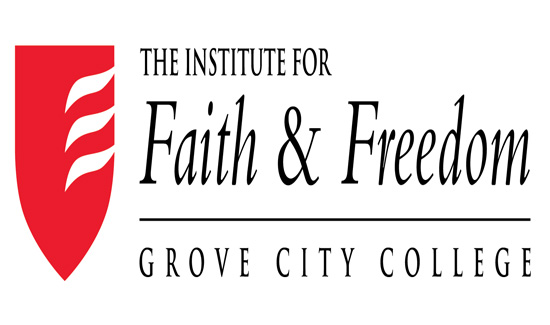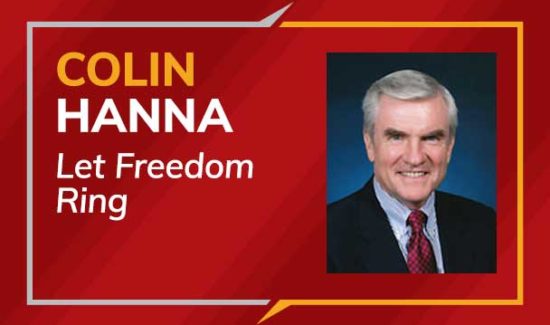Promises, Promises
Here’s a stunner. Based on the 2008 general fund budget of $526.6 million and a September enrollment of 26,649, the Pittsburgh Public Schools are spending at a rate of $19,796 per student. This in a City where the Schools and the City government created the Pittsburgh Promise, a scholarship program that will guarantee college aid to public school students who graduate with a minimum (2.25 in 2009) grade point average. The corporate and foundation community are being tapped to fund the Promise and have thus far pledged nearly $125 million to the program—a program that is in effect still more, heavy spending on public education in that it represents a bribe to get people to keep their kids in Pittsburgh schools. That is a poor substitute for offering a quality education.
The City, the School District, and the benefactors are essentially betting the Promise will revitalize City neighborhoods and the schools. In unveiling the program in December of 2006, the Mayor stated "I’m confident that families, middle income families, and families that value education will move into the City of Pittsburgh when we have this up and running".
The program is now up and running with the first scholarships awarded last year and students eligible for aid are in the pipeline. Unfortunately, the Promise has yet to deliver on the assertion that it would reverse the enrollment trend. Note that the official School enrollment count at the end of September 2006 was 30,969. Two months later the Promise program was unveiled. Financial commitments were made to the Promise in January of 2007 ($10k from teachers), December of 2007 (the $100 million pledge from UPMC), in June of 2008 ($1 million from a foundation), and October of 2008 ($22 million from three foundations). However, despite all the publicity surrounding the program and the fundraising, enrollment has fallen 14 percent from the September 2006 count to stand at 26,649.
Superintendent Roosevelt says the decline is not surprising as it mirrors the City’s population drop. That argument seems very doubtful in view of the comparatively small 1.7 percent drop in the City’s population over the two year period 2005 to 2007. Moreover, since 2000, Pittsburgh’s population has fallen 7 percent while school enrollment has plunged 33.5 percent. Clearly, the drop in enrollment has far outpaced the rate of population loss for some time.
The problem in Pittsburgh is that notwithstanding some recent upticks in academic performance, the students as a whole are not measuring up as indicated by the fact that only 53 percent of 11th graders score at the proficient level on state reading tests and only 44 percent are deemed proficient in math. What’s worse, the test scores of 11th graders in several high schools placed the percentage attaining the proficient level at 20 percent or lower. Hardly a resounding endorsement for handing out millions in scholarships.
Compare the short-term enrollment trend here with that of a Michigan program similar to the Pittsburgh Promise. A December 17th, 2007 newspaper article found "In Kalamazoo, Mich., home of the Kalamazoo Promise, city school enrollment is up by about 1,200 students, to 11,200, since the program was announced in November 2005…Kalamazoo is the only urban district in Michigan experiencing such growth." Similar programs, similar length of time, but radically different results in enrollment trends (12% growth there, 14% decline here). What gives?
Perhaps families that have thus far stayed with the Pittsburgh Public Schools, especially with children in elementary grades, will need something more immediate and tangible to show the District is committed to a quality education now. That’s the actual responsibility districts are charged with by the Pennsylvania Constitution. And for the amount of money Pittsburgh is spending it should be delivering a very high quality education with very high achievement results. That is not now the case and has not been the case except in a few select schools for many years. And that is the major reason for the enormous declines in enrollment.
There is a better way. Pittsburgh could make a bold statement by offering families in the District a $10,000 voucher (1/2 of what they are currently spending per student) to send children to the school of their choice. Parents opting to take the vouchers would obviously forgo any Promise scholarship funds for their child, so those who choose the $10,000 would clearly value education quality now above the Promise scholarship money that requires keeping their kids in Pittsburgh schools for many years. Does the District have the courage to try that experiment? Doubtful if the past is any guide.
More simply, they could also simply reduce per student outlays by $5,000 to a far more reasonable, but still high, $15,000. Based on an enrollment of 26,000, that reduction would free up $130 million for scholarships, vouchers, or an assortment of other programs without the unseemly necessity of going to foundations and corporations for additional money for education in a City that already spends far too much for far too little return.
________________________________________
Jake Haulk, Ph.D. President Eric Montarti, Senior Policy Analyst
Frank Gamrat, Ph.D. Senior Research Associate
________________________________________
Please visit our blog at alleghenyinstitute.org/blog.
If you have enjoyed reading this Policy Brief and would like to send it to a friend, please feel free to forward it to them.
For more information on this and other topics, please visit our website: alleghenyinstitute.org
If you wish to support our efforts please consider becoming a donor to the Allegheny Institute. The Allegheny Institute is a 501(c)(3) non-profit organization and all contributions are tax deductible. Please mail your contribution to:
The Allegheny Institute
305 Mt. Lebanon Boulevard
Suite 208
Pittsburgh, PA 15234





